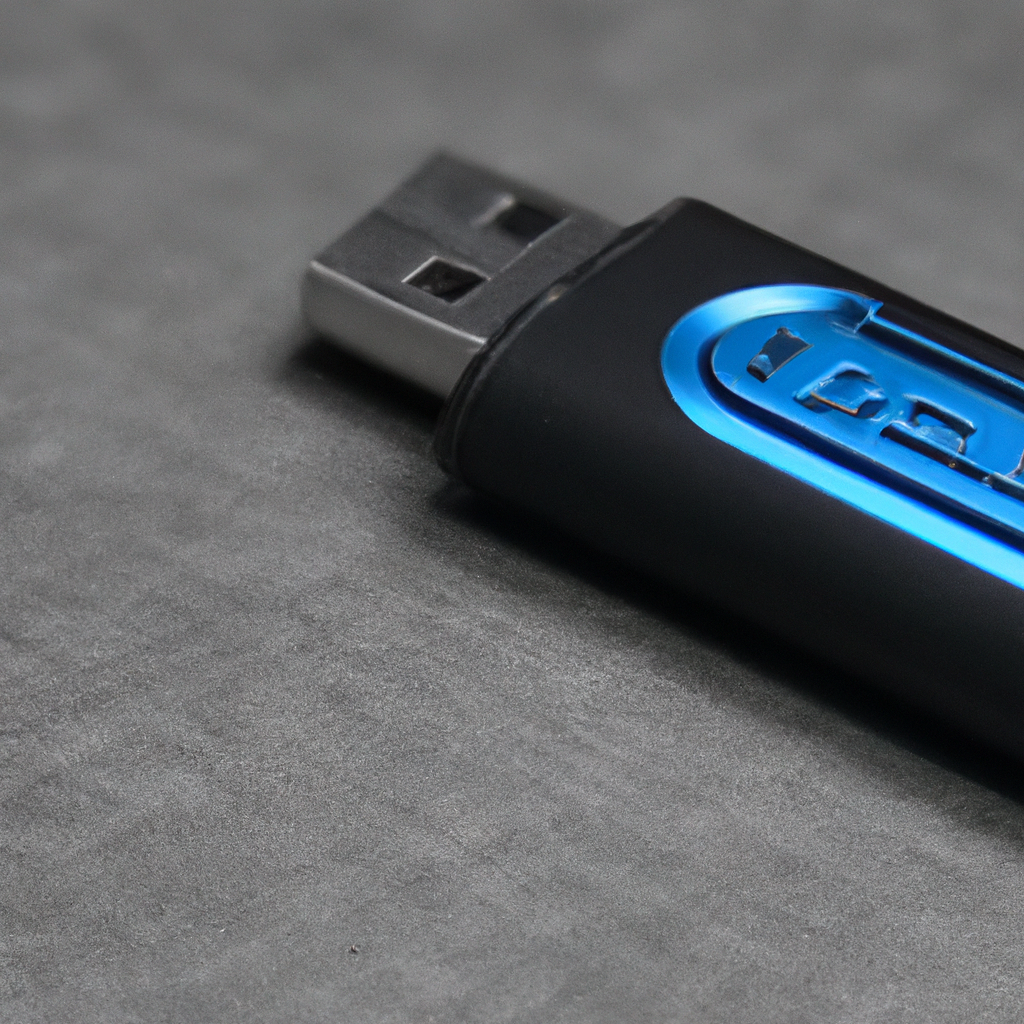USB flash drives have become an essential tool for data storage and transfer in today’s digital age. These small, portable devices can store large amounts of data and easily transfer it between computers. But have you ever wondered how a USB flash drive stores data? In this article, we will explore the inner workings of USB flash drives and how they store and transfer data.
Introduction
USB flash drives, also known as USB drives, memory sticks, or portable storage, are small, portable devices that can store and transfer data. They are available in various sizes, ranging from a few gigabytes to several terabytes, and can be easily connected to any computer with a USB port. The technology behind USB flash drives is flash memory, which is a type of digital storage that uses electronic circuits to store and retrieve data.
How does flash memory work?
Flash memory is a non-volatile storage technology, which means that it can retain data even when the power is turned off. It works by using a series of transistors to store data as binary digits (0s and 1s). Each transistor has a gate that can be electrically charged or discharged to represent a 0 or a 1. A group of transistors is called a memory cell, and each memory cell can store one or more bits of data.
Flash memory is divided into blocks, and each block consists of several memory cells. When data is written to a flash drive, it is written to a block of memory cells. To erase data, the entire block must be erased. This is known as block erasure, and it is one of the limitations of flash memory. Because block erasure takes time, it can slow down the write speed of a flash drive.
How does a USB flash drive store data?
A USB flash drive consists of a controller chip, a USB connector, and flash memory chips. The controller chip manages the data transfer between the USB drive and the computer. It also manages the read and write operations to the flash memory chips.
When data is written to a USB flash drive, it is first stored in a buffer in the controller chip. The controller chip then writes the data to the flash memory chips in blocks. The size of the blocks can vary depending on the manufacturer, but they are typically 512 bytes or 4 kilobytes.
The controller chip also manages the wear leveling of the flash memory. Wear leveling is a process that ensures that data is evenly distributed across all the blocks of flash memory. This is important because flash memory has a limited number of write cycles. Wear leveling helps to extend the lifespan of a USB flash drive by preventing certain blocks of memory from wearing out faster than others.
How does a USB flash drive transfer data?
When a USB flash drive is connected to a computer, it appears as a removable disk. This means that the computer can read and write data to the USB drive just like any other disk drive. The data transfer rate of a USB flash drive can vary depending on the speed of the USB port and the quality of the flash memory chips.
USB flash drives use a standard called USB Mass Storage Class (MSC) to communicate with computers. This standard allows USB drives to work with any operating system that supports USB. When a USB drive is connected to a computer, the operating system loads the necessary drivers to communicate with the drive.
Conclusion
USB flash drives have revolutionized the way we store and transfer data. Their small size and portability make them an essential tool for anyone who needs to carry data between computers. Flash memory technology has made it possible to store large amounts of data in a small device. By understanding how USB flash drives store and transfer data, you can make informed decisions when choosing a USB drive for your needs.







